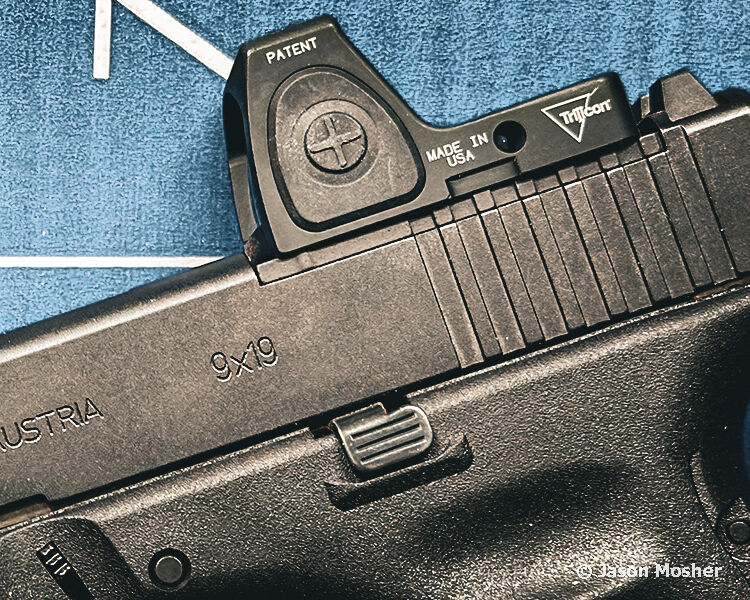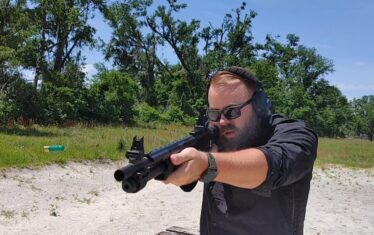Trijicon boasts a long history of military-tested products, and two of Trijicon’s products stand out more than others: the ACOG rifle optic and the RMR handgun mounted red dot. Today, we are discussing the Trijicon RMR Type 2, a legend in the optics world.
For a company to manufacture an optic that reaches that excellent — even legendary — category, you need several things. First is innovation, which is a good design to base the optic system on. Second is durability, and this is where many optics manufacturers struggle. It’s easy to say an optic has been “tested” in a lab, but it’s another thing to gain real-world testing.
The third thing you need is quality. Not just in the materials being used but also in the machines, skill, and overall control of the manufacturing process. Trijicon is one of the few companies possessing all three qualities, allowing them to make an optic that will withstand unbelievable conditions.
A good optic requires more than just helping you hit the target when you pull the trigger. It needs to withstand everything that happens between each shot. The real tests are heat, humidity, freezing temperatures, and daily abuse that comes with being carried by soldiers and police.
When Trijicon produced the RMR Type 2, they set a new standard in the optics world. But is the RMR still the king of handgun optics, or will it soon fade into the past?
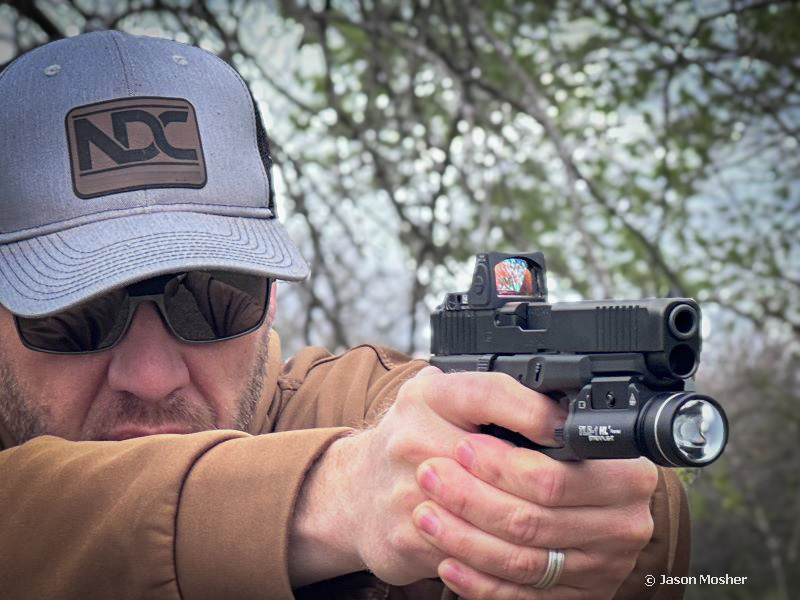
Who is Trijicon?
Trijicon was founded by Glyn Bindon, who worked for the Ford Motor Company as an aeronautical engineer. He liked to hunt and shoot, but optics is not what he specialized in. What started his journey in the optics world was a side gig selling optics in the US for a friend.
In 1981, a friend of Bindon’s brother made the tritium-illuminated Armson OEG red dot sights. Bindon was asked to launch the product in the USA and he accepted the offer as a side job. He didn’t know that it would take off and grow faster than he could keep up.
Bindon’s first sale was in 1983 with an order of six optics. Larger orders started to pour in and by 1985, his garage was no longer large enough to keep up. He decided a name change was also in order and decided to go with “Trijicon” for a specific reason.
The company specialized in tritium optics, so he combined that with “icon” which means picture or image. A “j” was added to join the two words, giving us the legendary “Trijicon” name we are familiar with today.
What really set Tijicon on the map was the use of their products by the FBI and overseas in operations like “Just Cause” in Panama and Desert Storm. It wasn’t long after that before Trijicon started receiving large orders for its ACOG from the US Military, Israeli Military, and others.
In 2005, the ACOG was designated as the “official rifle combat optic” for the US Marines.
Trijicon RMR for handugns
Aside from the ACOG, Trijicon also stands out with its RMR red-dot sight for handguns. It has been used by military, law enforcement, and civilians all around the world. The RMR family of reflex sights is well known for being extremely rugged and this is what sets it apart from other optics on the market.
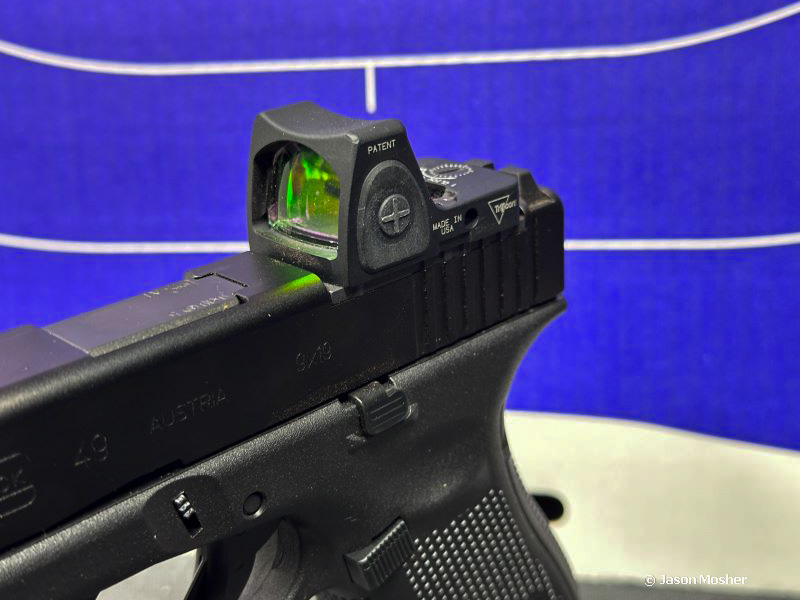
My first RMR Type 2 was used and it looked like it had already been beaten up when I got it. Now, after several years of my own abuse and moving it around from one gun to another, it still runs like new. I used it at work for years, carrying it in all types of weather, including rain and snow. We didn’t have holsters that protected the optic then, so it has been directly exposed to the elements for years.
The Type 2 debuted in 2017, at a time when pistol-mounted red dots were starting to boom. You can’t mistake the unique look of the RMR with its somewhat pointy corners and the slight dip in the top of the frame.
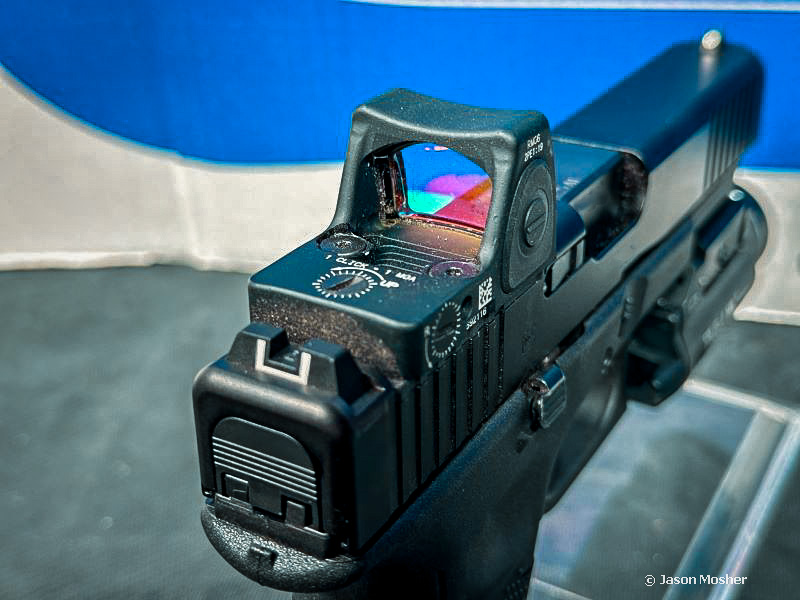
As other companies jumped feet-first into the handgun optics race, Trijicon easily kept a firm hold on the lead. As durable as the original RMR was, the Type 2 offered big improvements. These included enhanced battery contacts and brightness controls, along with improvements to construction quality.
Upgrades also fixed what is called “dot flicker.” This happens when the recoil of the firearm causes the battery to momentarily disconnect from the optic. Of course, this is a problem of the past because the Type 2 as it can handle just about any caliber of handgun without any dot flicker.
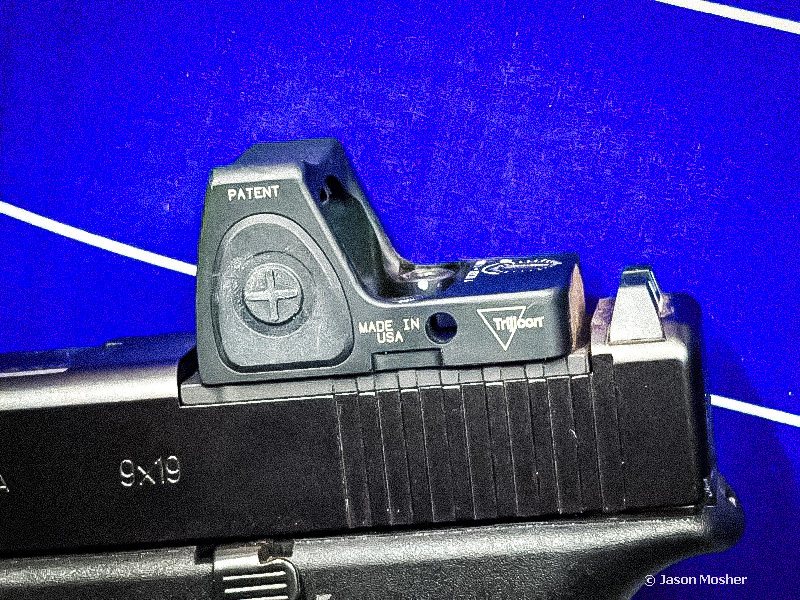
Today, multiple versions of the RMR are available from 1.0 MOA dots to 6.5 MOA with 3.25 being the most popular. Smaller dot sizes are great for longer distances with larger dots for close quarters. Having a 6.5 MOA dot makes dot acquisition easier but covers up more of your target at long distances.
What About Closed Emitter Red Dots?
As time moves forward, so does product innovation from multiple optics companies. Fully enclosed emitters are starting to become the new standard, which begs the question: what will happen to the Trijicon RMR Type 2?
There are many benefits to enclosed emitter optics, and other companies are continuously improving their quality and selection of handgun-mounted optics. Historically, the options have been either cheap or really expensive, but now, you can find quality optics at a bargain price.
Despite this shift, the RMR Type 2 remains incredibly popular and continues to be a top seller in red dot optics. Its strong sales may help preserve its availability for a little longer, but who knows how long that will be.
Trijicon has already begun replacing the Type 2 red dot with two newer versions, so it may not be long before it becomes a thing of the past.
The newer optics from Trijicon are impressive, but that’s not all it takes to stay alive. Other competitors like the Aimpoint ACRO and Steiner MPS are gaining in popularity as well.
Trijicon RCR Reflex Sight
The Trijicon RCR Reflex Sight is a closed emitter red dot, which represents the next generation of the RMR. According to Trijicon, the RCR will be as durable as the infamous ACOG and Type 2. It uses the same footprint as the RMR so mounting compatibility will not change for handguns.
For those who still prefer the RMR Type 2 red dot, Trijicon offers an updated version: the RMR HD reflex sight. It retains the same overall shape and quality as the Type 2 but features a top-loading battery. Personally, this is one of the most significant improvements Trijicon has made to the RMR, as I have never liked the process of removing an optic from the gun just to change the battery.
Are closed emitters the Future of Red Dots?
While closed emitter optics receive mixed reviews, only time will tell if they become the new standard or simply a passing trend. I feel that we are at a crossroads of optic styles.
Closed emitter optics are more reliable in some ways, but much more blocky than traditional open emitter optics. I am slowly warming up to closed emitter optics but for now, I’m sticking with my Trijicon RMR Type 2 red dot. Holsters are available for both styles of optics, but there are still a few more options for the Type 2 than larger enclosed optics.
Safariland makes holsters with a hood that covers open emitter optics which helps keep rain and debris from interfering with it. One of my favorites is the 7360 RDS, which also fits a weapon mounted light and offers multiple retention levels.
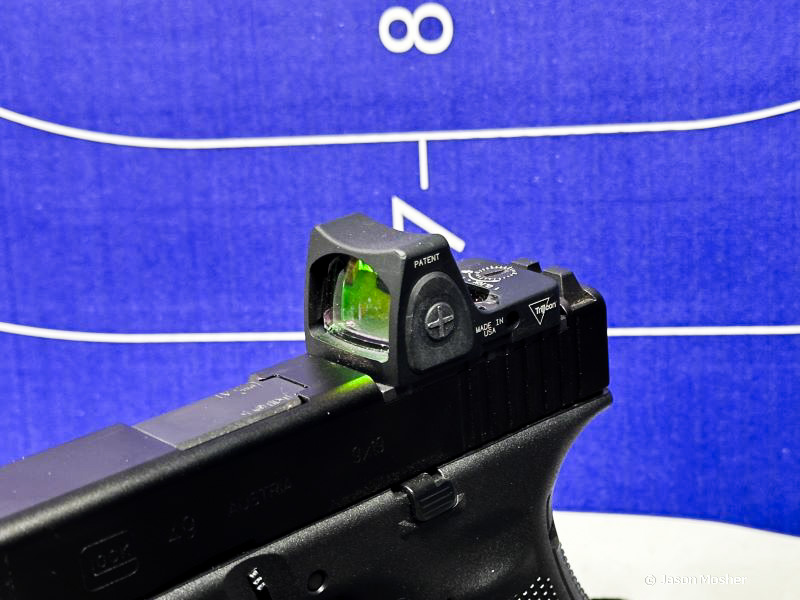
The Iconic RMR
Many companies now offer handgun optics since the first RMR hit the market, but Trijicon was the first, and as such, the RMR will always be the icon of the open-emitter red dot.
It’s exciting to see where this optics road will take us. But for now, I think the Trijicon RMR Type 2 red dot will maintain its legendary status. It’s a battle-proven optic that leaves no doubt when it comes to reliability. Only time will tell if the new versions send it packing.





